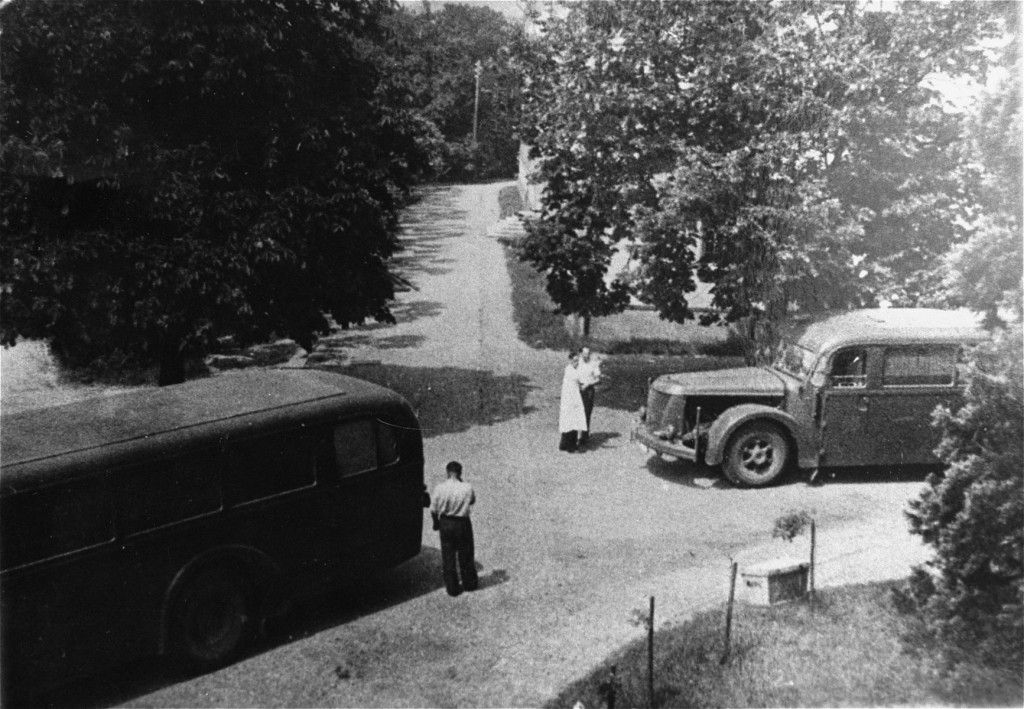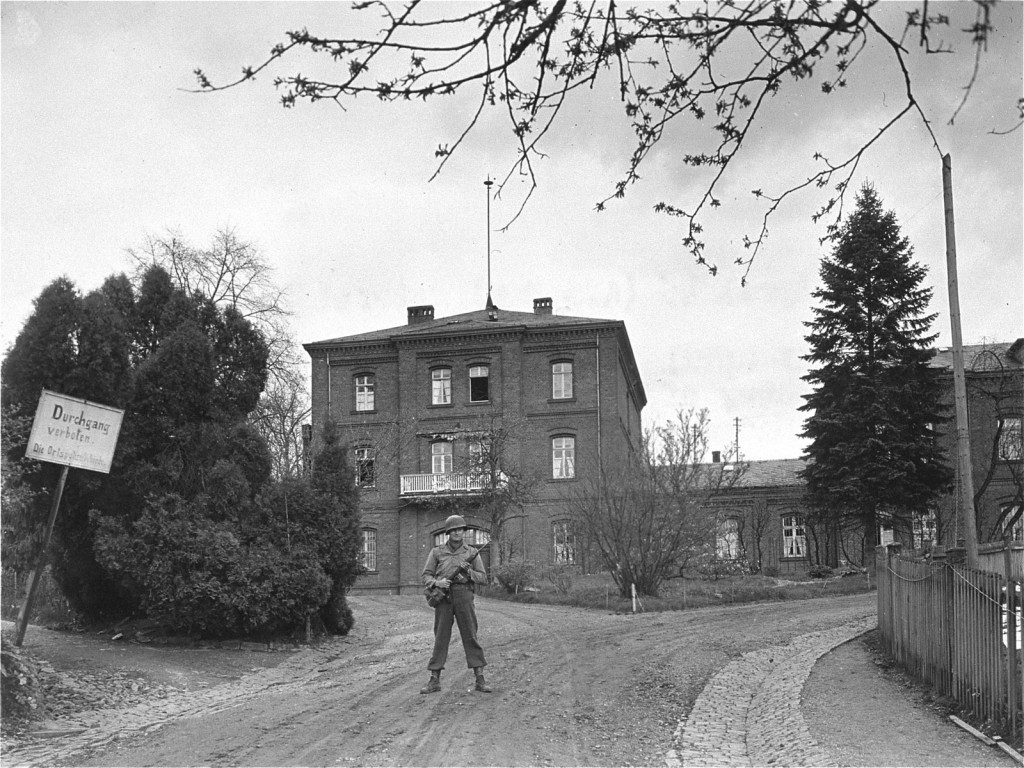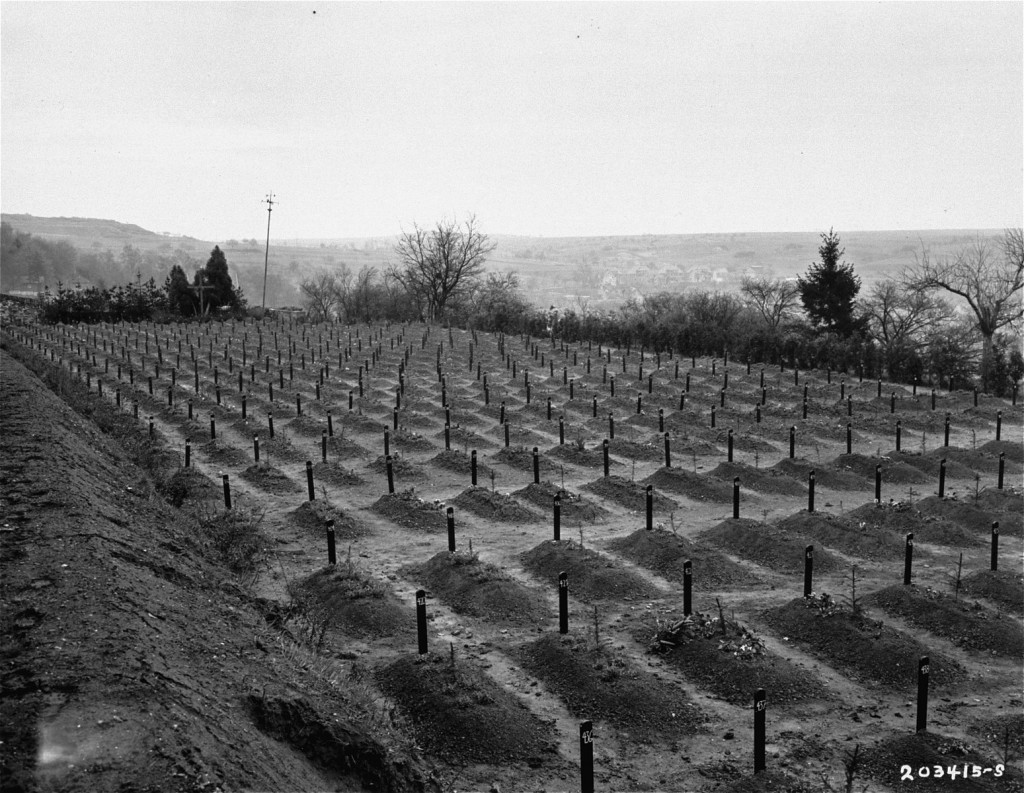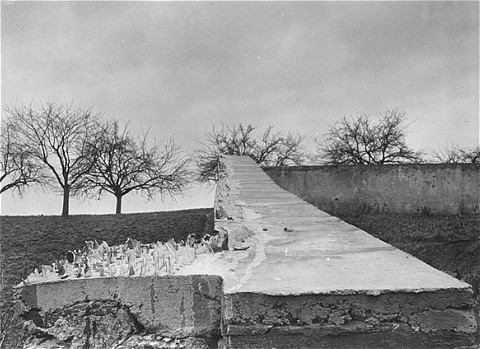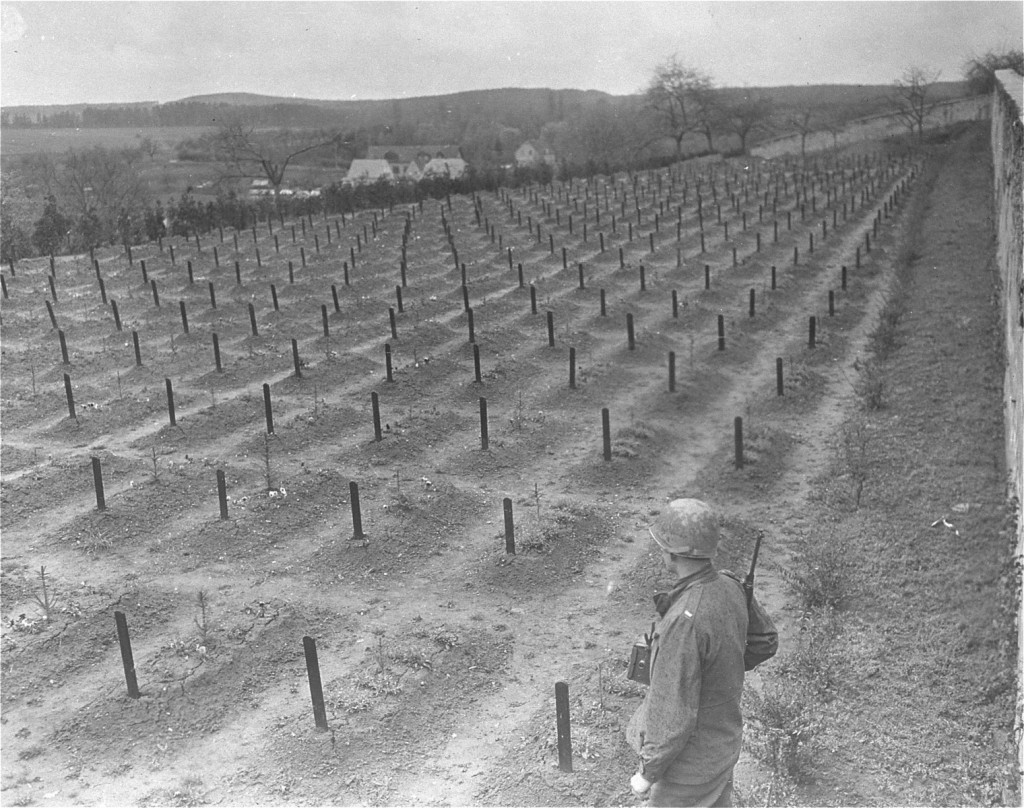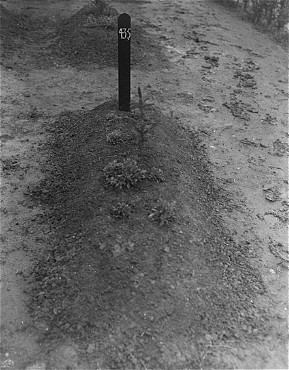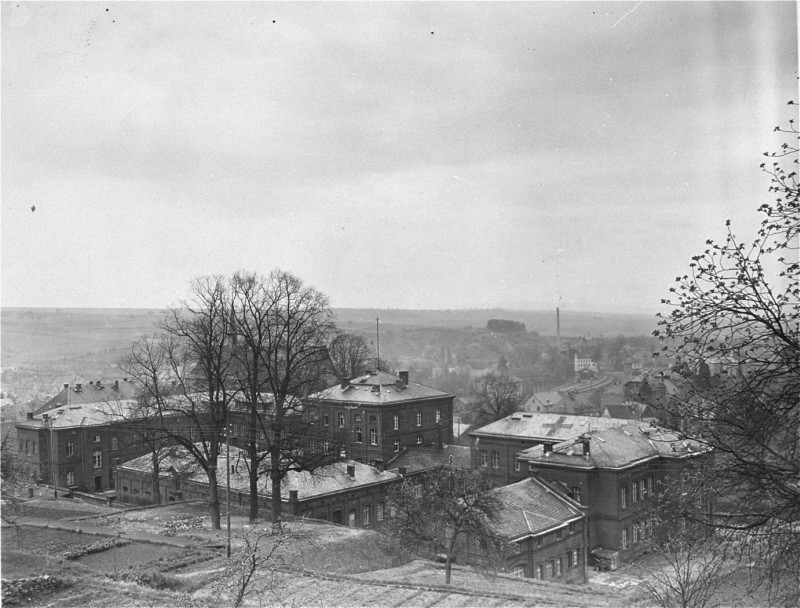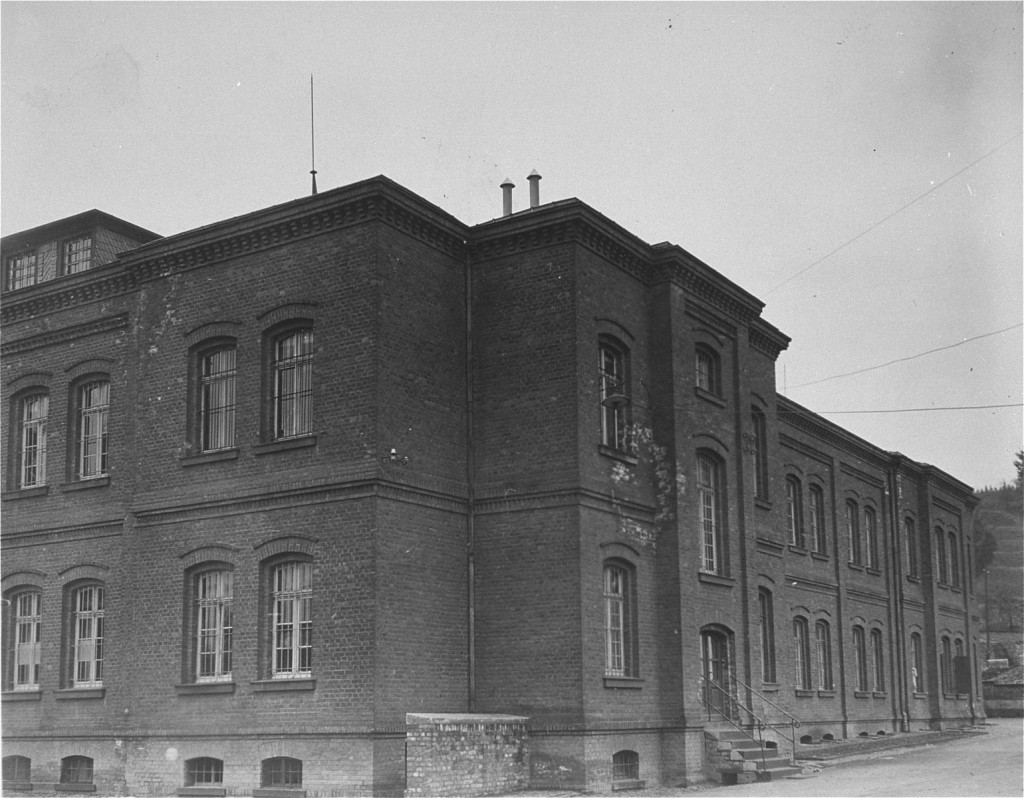
The Hadamar Trial
The 1945 Hadamar Trial (October 8–15, 1945) was the first mass atrocity trial in the US zone of Germany following World War II.
In the first months of occupation, American trials had focused solely on classical violations of international law, principally upon the murders of captured Allied service personnel which had occurred in the last months of the war. Yet, the discovery in late March 1945 of the "euthanasia" facility Hadamar near Limburg on the Lahn in west central Germany riveted American attention back home, and galvanized US military authorities to undertake their first efforts to adjudicate crimes associated with the systematic persecutory policies of Nazi Germany.
Hadamar had been a "euthanasia" facility since 1941. Between January and August of that year, some 10,000 institutionalized mentally and physically disabled persons had been gassed there under the auspices of Operation T4. This murderous operation was temporarily halted in August 1941. When it was reinstated in the following summer of 1942, Hadamar medical personnel again began to murder disabled patients. From 1942 until the end of war in May 1945, the facility claimed the lives of an additional 4,400 victims by lethal overdoses of medication.
American authorities were initially eager to try Hadamar physicians, nurses, and bureaucratic staff in their custody for the murders of the nearly 15,000 German patients killed at the institution, but quickly discovered that they had no jurisdiction to do so under international law. Before the December 1945 promulgation of Allied Control Council Law No. 10, which allowed the elastic charge of "crimes against humanity," introduced in the indictment of the International Military Tribunal (IMT) at Nuremberg, US military officials could not try German nationals for murdering their fellow citizens. Before Nuremberg, international law restricted them to prosecute crimes committed against their own service personnel and civilian nationals, and those of their allies, in the territories that they held.
American prosecutors, however, found a loophole. Among the Hadamar victims were 476 Soviet and Polish forced laborers, who, suffering from tuberculosis, had been sent to their deaths at the facility in the last months of the war. As these civilian forced laborers were citizens of countries allied to the United States, American prosecutors were able to open proceedings against seven Hadamar defendants associated with the murders of the "Eastern workers."
On 15 October 1945, chief prosecutor Leon Jaworski, who would gain fame in the 1970s as Watergate Special Prosecutor, won convictions for all the accused. The six-man US military tribunal prescribed death by hanging for Hadamar chief administrator Alfons Klein, and two male nurses, Heinrich Ruoff and Karl Willig. Because of his advanced age, chief physician Adolf Wahlmann, received a life sentence, which was eventually commuted. Two Hadamar administrative staff received sentences of 35 and 30 years, respectively, while the only female defendant, Irmgard Huber, received the lightest sentence, that of 25 years' imprisonment. On 14 March 1946, Klein, Ruoff, and Willig went to the gallows.

As "euthanasia" crimes were transferred in early 1946 to newly reconstructed German courts, a German tribunal in Frankfurt in early 1947 tried 25 Hadamar personnel, including Dr. Wahlmann and Nurse Huber for the deaths of some 15,000 German patients killed at the facility.



